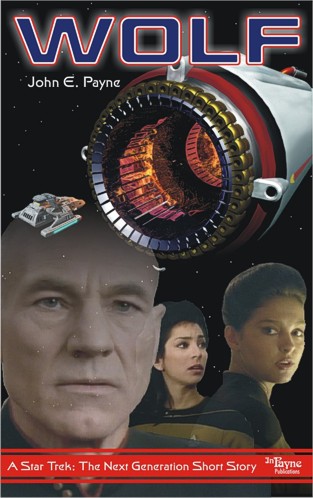Re: The Planet Destroyer from 'Doomsday Machine'. Wha'd they do with i
Star System L-374 was mostly destroyed, planets blown to bits, rubble/asteroids adrift everywhere. The "Planet Killer" inner mechanism was, itself, destroyed by the rigged self-destruct of the derelict Starship Constellation. Science vessels tried to glean what little remained of that mechanism, but that expedition turned out to essentially be forensic/archeological in nature. Science might someday benefit, but there would be no quick plundering operations there.
When the Constellation exploded, the machine's inner mechanism exploded as well, damaging the neutronium hull. The imperfect cone of course had a gaping hole in its "bow", but other fissures also formed from the explosion. The many-miles-long "dead hulk", isolated in a sector of frontier space that never offered any strategic value, was too large and bulky for any known propulsion to carry to any nearby starbase or other friendly facility. So the only thing left to do was for a couple of portable, automated sub-light dockyard tugs to push (or pull) the dead hull deeper into the debris field, where navigation was a hazard and no curious adventurers would bother to look. The intense gravity of the dead hull complicated the towing operation, and some smaller nearby asteroids were attracted to the dead hull. The resulting collisions eventually rendered the tugs inoperative; the dead hull and tugs were abandoned, as Starfleet deemed their crushed technologies unsalvageable and to be of little value to alien scavengers. The whole operation was abandoned after only ten years.
One science vessel stayed behind at the end of the mission to construct a very small space station near the asteroid field. The station would be automated, but would be rigged to allow for occasional manned expeditions to visit at intervals planned by Starfleet command. A small observatory on the little space station would monitor the effect of the dead hull's neutronium-induced gravity on nearby asteroids. Over the next 100 years, the station would receive occasional visits to refit the facilities and to formally conduct manual audits of the deal hull's "progress". In that time, the asteroids began to fall into the dead hull's gravity with increasing frequency, ultimately embedding themselves in the dead hull's growing mass. As the dead hull accumulated more debris, the overall gravity of the mass continued to escalate, leading to an acceleration of growth. The collisions grew in size, frequency, and violence. Starfleet heeded the report of the Constellation-class U.S.S. Stargazer, commanded by newly promoted Captain Jean-Luc Picard, to allow for the continued operation of the space station. Picard expressed enthusiasm for the mission, heralding what he called the historic formation of the proto-planet Decker.
Turns out that Federation science gleaned more from Decker's formation than from the examination of the dead hull's remains in the first place.




